MEKLIT HADERO / “Meklit Hadero Mixtape”
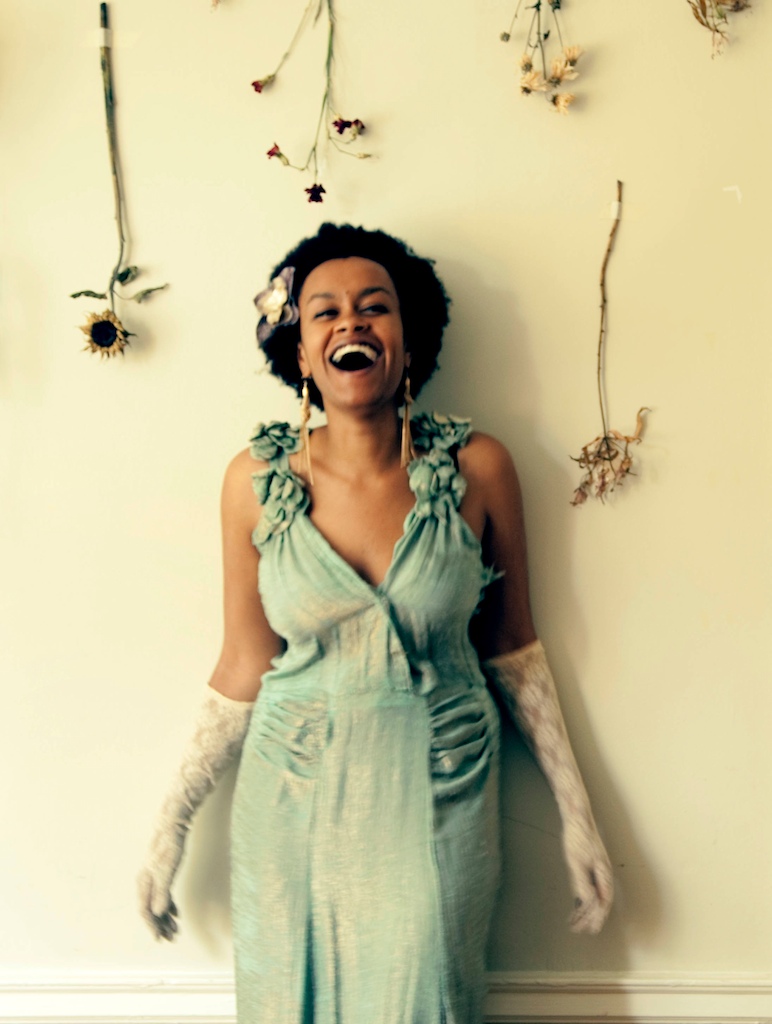
When growing up in Brooklyn, my mother would refer to Ethiopia simply as “back home.” Years later, during our first trip to the Horn of Africa, I witnessed her using the very same words to describe the United States, which struck me profoundly. It became instantly clear that there was, in fact, no such place as “back home.” Rather, it was a reference to an in-between, heavy with nostalgia and fluid enough to change from moment to moment, as she herself was capable of doing.” —Meklit HaderoAh, the African diaspora—both ancient and contemporary. The movement of black peoples. This is the enriched music of the collision, an emotionally complex conflating in which identifying the dominant strain is truly difficult if not impossible because our lives, our music are in constant flux as we move in and out of various levels of servitude and/or self-determination. Meklit was born in Ethiopia but her family fled in exile when she was a baby. She was reared in America, schooled at Yale (political science), decisively influenced by America mores, attitudes and music. What is American music if not a mélange of immigrant sonic contributions? The African root prismed through the African-American experience is chief among those immigrant shapings?
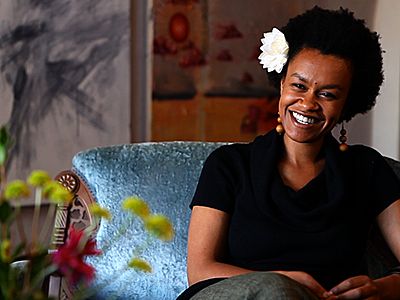 She is Ethiopian by birth, American by upbringing. At ease whether on Brooklyn streets or curating (director and resident artist) The Red Poppy Art House, a San Francisco cultural arts center. She speaks English without an accent. At the same time, in some ways—both important and trivial—if not a stranger or visitor, Meklit is partially an outsider whenever she returns to the land of her birth.
So who is Meklit Hadero? Does a passport and skin explain everything? Of course not. She is a person of two worlds, comfortable in both, not settling for only one or the other, always in motion negotiating the barriers and breaches between two existences.
Yes, she is an activist, constantly working for the betterment of Ethiopia and Ethiopian culture.
She is Ethiopian by birth, American by upbringing. At ease whether on Brooklyn streets or curating (director and resident artist) The Red Poppy Art House, a San Francisco cultural arts center. She speaks English without an accent. At the same time, in some ways—both important and trivial—if not a stranger or visitor, Meklit is partially an outsider whenever she returns to the land of her birth.
So who is Meklit Hadero? Does a passport and skin explain everything? Of course not. She is a person of two worlds, comfortable in both, not settling for only one or the other, always in motion negotiating the barriers and breaches between two existences.
Yes, she is an activist, constantly working for the betterment of Ethiopia and Ethiopian culture.
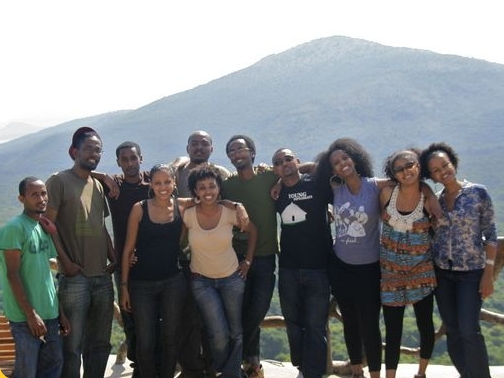 Meklit is the founder of the Arba Minch Collective, a group of diaspora Ethiopian artists who nurture a relationship with Ethiopian homeland artists both traditional and contemporary. But Meklit doesn’t live most of her life on the continent, did not reside in Ethiopia any of her formative years, and probably will not spend most of her adulthood there. Nevertheless, even as she continues to organize artists at home and abroad she doesn’t feel split by being bi-cultural, instead she feels gifted in experiencing the beauty of belonging to the whole of her worlds and not restricted by or to any one part.
Meklit is the founder of the Arba Minch Collective, a group of diaspora Ethiopian artists who nurture a relationship with Ethiopian homeland artists both traditional and contemporary. But Meklit doesn’t live most of her life on the continent, did not reside in Ethiopia any of her formative years, and probably will not spend most of her adulthood there. Nevertheless, even as she continues to organize artists at home and abroad she doesn’t feel split by being bi-cultural, instead she feels gifted in experiencing the beauty of belonging to the whole of her worlds and not restricted by or to any one part.
 She’s also an artist seeking opportunities to collaborate with a wide range of simpatico musicians and poets such as with the Nefasha Ayer collective that “weaves together Ethiopian, West African, and South Indian melodies/rhythms against a varying backdrop of North American jazz.” In addition to Hadero’s vocals, Nefasha Ayer also includes the voice of poet Michael Warr.
She’s also an artist seeking opportunities to collaborate with a wide range of simpatico musicians and poets such as with the Nefasha Ayer collective that “weaves together Ethiopian, West African, and South Indian melodies/rhythms against a varying backdrop of North American jazz.” In addition to Hadero’s vocals, Nefasha Ayer also includes the voice of poet Michael Warr.
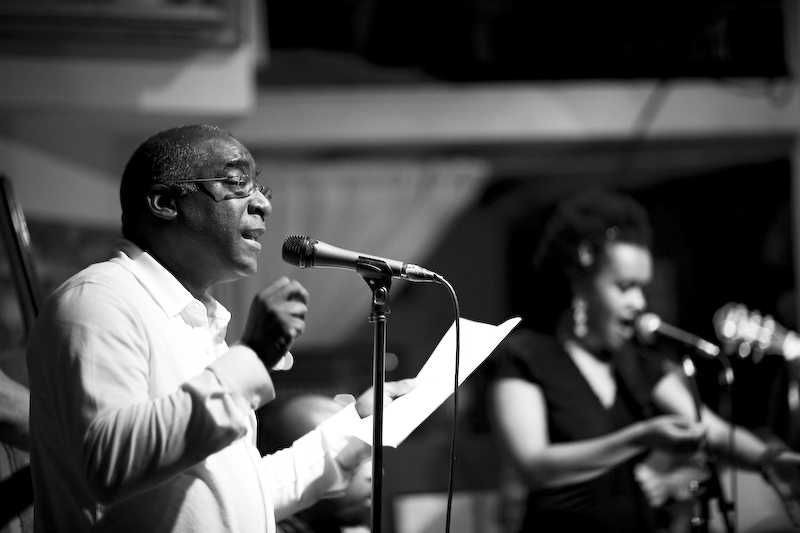 Meklit’s earliest recorded music has a folk music flavor—she could easily fit on a bill with Joan Baez, Buffy St. Marie and Odetta.
Meklit’s earliest recorded music has a folk music flavor—she could easily fit on a bill with Joan Baez, Buffy St. Marie and Odetta.
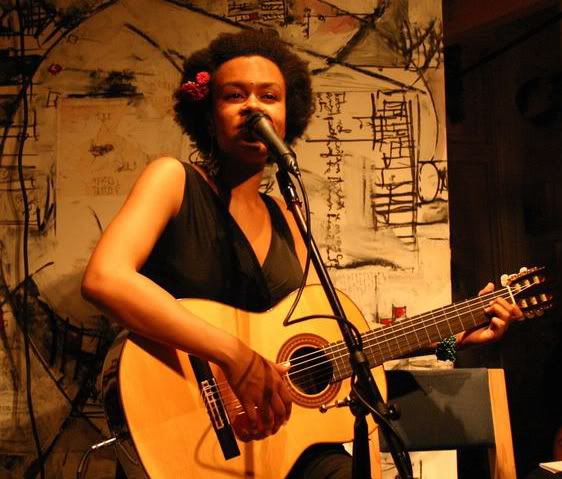 Her new album has a strong jazz undercurrent offering a different and tasty flavor.
Her work with Nefasha Ayer has elements of both folk and jazz, traditional Ethiopian and contemporary hip hop, plus other even more diverse shadings.
Aurally, she could be described as a finely tuned and emotionally sensitive kaleidoscope.
Listen to the first five cuts from Meklit’s new album, suggesting rainbow beauty in mixing and matching a palette of colors growing from one spot and stretching to another. The next four cuts are from the spare debut only an accompanying cello added to her guitar and voice. The soft beauty of nude music.
The final four cuts are from unreleased Nefasha Ayer work and in some ways the lyrics and poetry remind us of a new San Francisco “Beat Movement.”
In any case there is a delicate strength in Meklit’s music. Strong as silk scarves, she could do a dance of shimmering veils at night and in the morning use the same scarves as a rope to drop down and lift up full buckets at the well.
Her new album has a strong jazz undercurrent offering a different and tasty flavor.
Her work with Nefasha Ayer has elements of both folk and jazz, traditional Ethiopian and contemporary hip hop, plus other even more diverse shadings.
Aurally, she could be described as a finely tuned and emotionally sensitive kaleidoscope.
Listen to the first five cuts from Meklit’s new album, suggesting rainbow beauty in mixing and matching a palette of colors growing from one spot and stretching to another. The next four cuts are from the spare debut only an accompanying cello added to her guitar and voice. The soft beauty of nude music.
The final four cuts are from unreleased Nefasha Ayer work and in some ways the lyrics and poetry remind us of a new San Francisco “Beat Movement.”
In any case there is a delicate strength in Meklit’s music. Strong as silk scarves, she could do a dance of shimmering veils at night and in the morning use the same scarves as a rope to drop down and lift up full buckets at the well.

When I was twenty years old, I began wearing a flower in my hair every day. It was autumn in Connecticut, and I discovered these late season flowers that would last twenty-four hours without wilting. I began picking one a day. Sometimes yellow, sometimes white, always for the right-hand side. I thought winter might stop me, but I happened upon a downtown shop-ping mall that grew those same flowers indoors. Every freezing morning, I would walk twenty minutes out of my way to pick one. Nine years later, I still wear one daily! —Meklit HaderoWhat I love is the intelligent light glowing in the interior of this music. Check out the poetry of her lyrics. Also, notice the quiet that manages to excite without recourse to raucous noise. This is the aural orgasm that surprises in how it sneaks up on you and leaves you awash in a blissed and blessed thankfulness after experiencing her music. If there is any complaint, it is about the briefness of the music’s kiss. So short but surely a promise of the beauty yet to come. Here we are witnessing the take-off, the coming together and new birth of a striking diasporan artist. Like most of us African-heritage diasporans in 21st-century America, Melkit’s music has options, a myriad of directions she can travel. While her back story is interesting, what is more interesting is following where Meklit chooses to go from here as she contemplates the next song to compose, to sing, to share.
 Listening to her interpretation of “Feeling Good,” a song often associated with Nina Simone, one can’t help but wonder what’s next, Meklit, where are you headed, especially when you’re feeling good about who you are and what you do?
—Kalamu ya Salaam
Meklit Hadero Mixtape Playlist
Listening to her interpretation of “Feeling Good,” a song often associated with Nina Simone, one can’t help but wonder what’s next, Meklit, where are you headed, especially when you’re feeling good about who you are and what you do?
—Kalamu ya Salaam
Meklit Hadero Mixtape Playlist
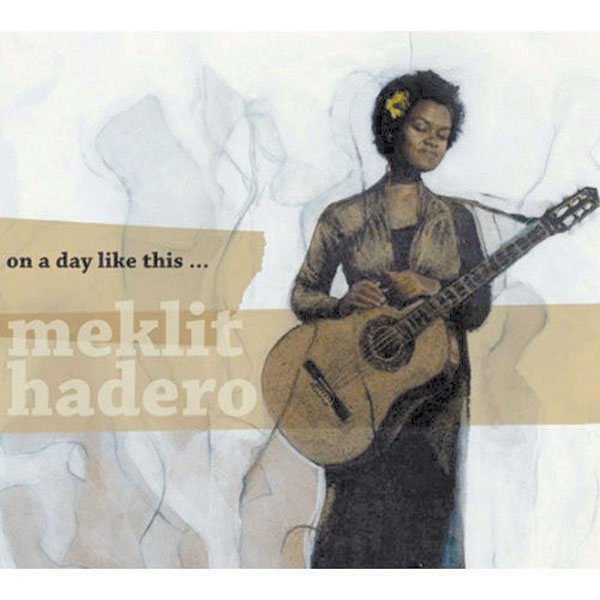 On A Day Like This…
01 “Soleil Soleil”
02 “Feeling Good”
03 “Abbay Mado”
04 “Call”
05 “Under”
On A Day Like This…
01 “Soleil Soleil”
02 “Feeling Good”
03 “Abbay Mado”
04 “Call”
05 “Under”
 Eight Songs
06 “Negrume Da Noite”
07 “At The End Of A Long Day”
08 “Leaving Soon”
09 “Too Many Love Songs”
Eight Songs
06 “Negrume Da Noite”
07 “At The End Of A Long Day”
08 “Leaving Soon”
09 “Too Many Love Songs”
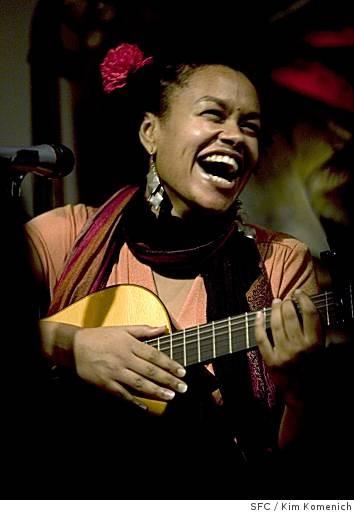 The Space Of In Between – Nefasha Ayer (unreleased)
10 “Tuhnesu”
11 “The First Time Ever (featuring Michael Warr)”
12 “Honey And Wine”
13 “Hello”
The Space Of In Between – Nefasha Ayer (unreleased)
10 “Tuhnesu”
11 “The First Time Ever (featuring Michael Warr)”
12 “Honey And Wine”
13 “Hello”
This entry was posted on Wednesday, March 16th, 2011 at 1:56 am and is filed under Contemporary. You can follow any responses to this entry through the RSS 2.0 feed. You can leave a response, or trackback from your own site.
2 Responses to “MEKLIT HADERO / “Meklit Hadero Mixtape””
tayari Says:
March 18th, 2011 at 8:08 am
March 18th, 2011 at 8:08 am
The both/and-ness brilliantly bright, so joyous, so full of life/spirit. Thank you, Kalamu, for bringin’ us Meklit Hadero.
Leave a Reply
| top |